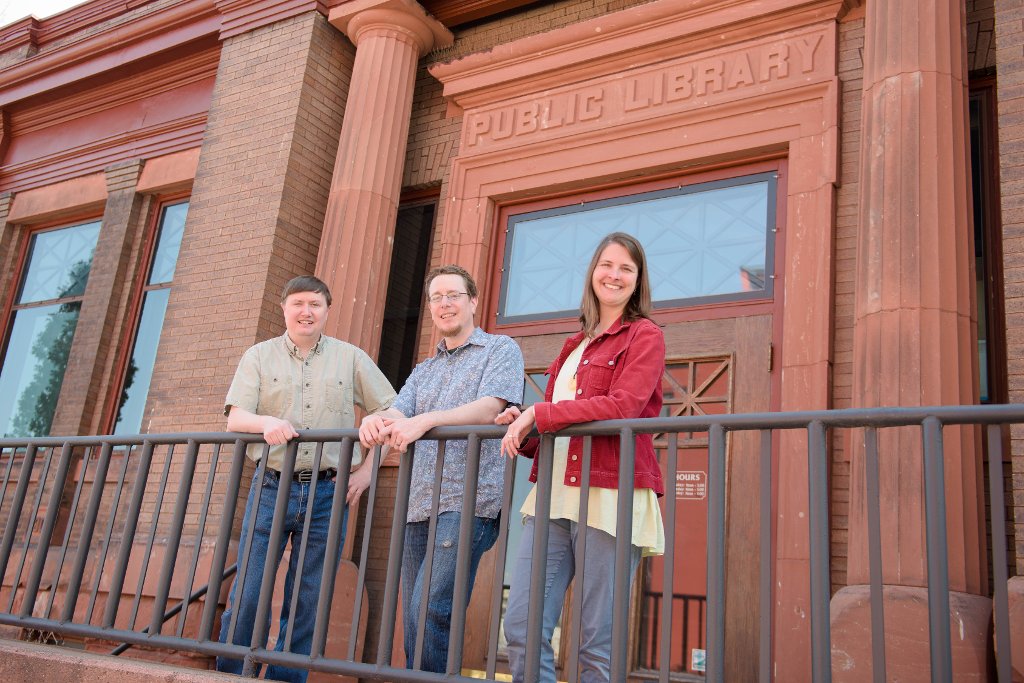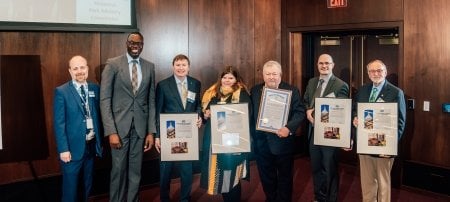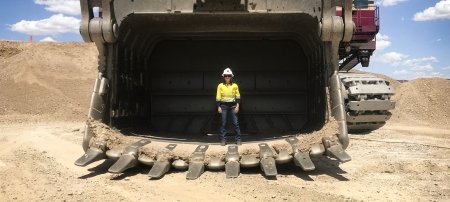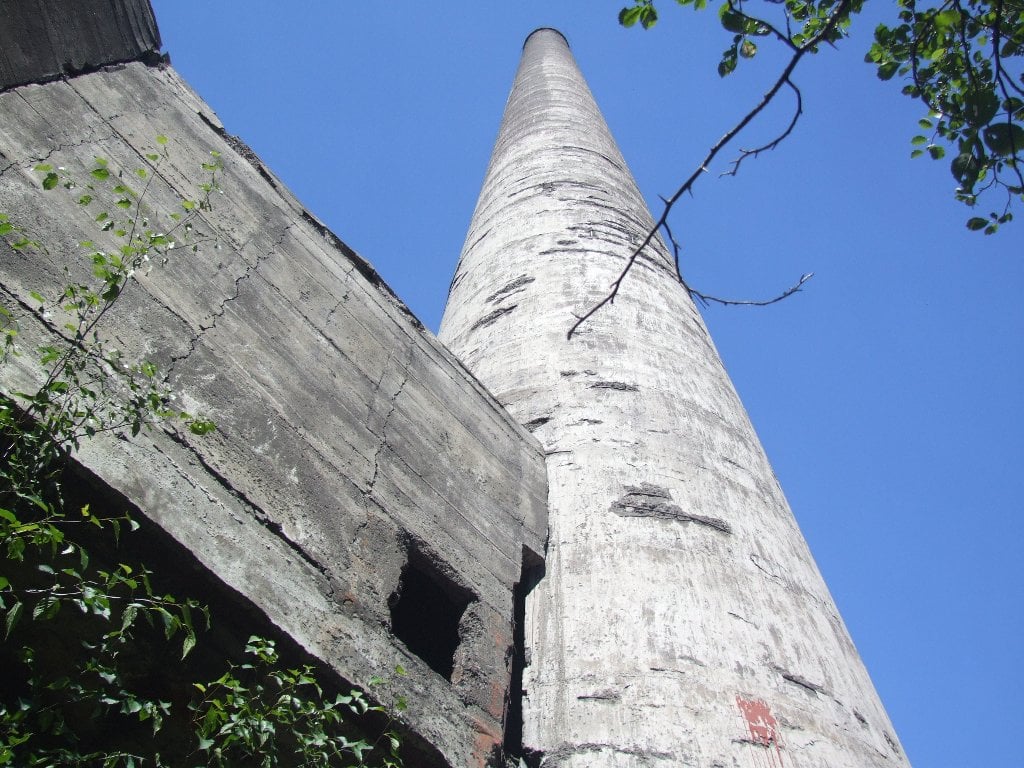Michigan's Keweenaw Peninsula has a rich and colorful history. Researchers at Michigan Tech, assisted by a grant from the National Endowment for the Humanities, have developed a unique way of unearthing the region's historical treasures.
The miners in the boom days of the Copper Country knew that in order to find what they wanted, they had to “drill down.” Today, thanks to the efforts of researchers in Michigan Technological University’s Social Sciences Department and a grant from the National Endowment for the Humanities, those wishing to find out about the people and the places of the Keweenaw’s past can “drill down” through history.
Keweenaw Time Traveler is an online map-based tool allowing visitors to explore the layers of history for any location in the Houghton, Keweenaw and Ontonagon county region. The project uses proven technologies and techniques of participatory Geographic Information Systems (GIS). It also employs collections of geographic data and tools that are interactively connected, enabling users to incorporate their own information about a place and store that data long-term, to create a high-resolution database that maps changes in the social, natural, industrial and built environments of the Copper Country from 1850 to 1970.
The project is the brainchild of Social Sciences faculty Don Lafreniere, assistant professor of historical geography; Sarah Scarlett, assistant professor of history; and PhD candidate John Arnold, an architect by profession. They have received $259,882 from the National Endowment of the Humanities to support their work.
Lafreniere says the official name of the project is Copper Country Historical Spatial Data Infrastructure, but it will known publically as “Keweenaw Time Traveler.” The project can be accessed at www.keweenawhistory.com.
"People can explore maps and get to know the names and occupations of the people who owned and lived in buildings that may or may not still exist."Don Lafreniere
Utilizing GIS technology—a digital tool for mapping and analyzing geographic and historical relationships through space and time—Keweenaw Time Traveler will not only give visitors the opportunity to “dig deep” through the history of a particular location, but also “dig horizontally” to look at an expanding geographic location at a particular time in history.
“The Keweenaw Time Traveler looks at the region from the earliest settlements in the 1820s right up to the present day,” Lafreniere explains. “People can explore maps and get to know the names and occupations of the people who owned and lived in buildings that may or may not still exist.”
Users can ask questions of the data, such as what was the experience of immigrants arriving and living in the Copper Country? “Users can find our what daily life was like living amongst the workings of the C&H copper mining operations,” he says. The Keweenaw Time Traveler project is just getting underway. “We are in the process of gathering data,” says Lafreniere. The team is currently in Phase I of the project, which also entails digitizing and geo-referencing more than 1000 maps and other archival items.
While public input is essential throughout the seven-year project, the next phase will rely heavily on citizen assistance, says Scarlett. “Starting next year we will need citizen historian volunteers to help us identify and transcribe old documents, classify features of old maps, tag properties and contribute family histories,” she explains. “This project is just getting started, but we hope people will share personal memories of their favorite places in the Keweenaw.”
Lafreniere says the sharing will go two ways, with plans to create kiosks that will travel throughout the region, enabling those without internet access to “drill down through history” too. Even in the early phases of the project, cooperation has been key, Lafreniere says. “It’s important to understand this is a partnership project between Michigan Tech and several local heritage partners, including the Keweenaw National Historical Park, the Carnegie Museum of the Keweenaw and the historical societies of Houghton, Keweenaw and Ontonagon counties.”
While the project is a work in progress, the researchers would like the public to roll up their sleeves and give the website a try. “We encourage the Michigan Tech campus community and local residents alike to visit keweenawhistory.com and see what it’s all about,” says Lafreniere.
Phase II of project, which is expected to get underway in 2017, will include the creation of digital historical environments in GIS from the digitized maps; the building of a highly-interactive online citizen-historian “time traveling machine;” and the engagement of a national heritage community with an advanced space-time linked digital archives through the time traveling machine and on-site public workshops.
Lafreniere has high hopes for the project. “We hope building and sharing the Keweenaw Time Traveler will result in a one-of- a-kind space-time linked digital archive that will offer research opportunities for faculty and students, strengthen the collaborative networks among humanities, social science and STEM scholars and provide a new way for the engaged Copper Country heritage community to share their histories with the world.”
Michigan Technological University is an R1 public research university founded in 1885 in Houghton, and is home to nearly 7,500 students from more than 60 countries around the world. Consistently ranked among the best universities in the country for return on investment, Michigan's flagship technological university offers more than 185 undergraduate and graduate degree programs in science and technology, engineering, computing, forestry, business, health professions, humanities, mathematics, social sciences, and the arts. The rural campus is situated just miles from Lake Superior in Michigan's Upper Peninsula, offering year-round opportunities for outdoor adventure.






Comments